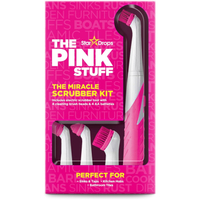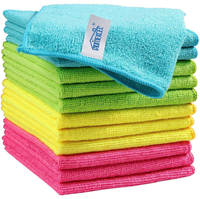Stubborn mold in your washing machine seal? Here’s how to get rid of it for good
Avoid these common mistakes for mold growth in your washing machine
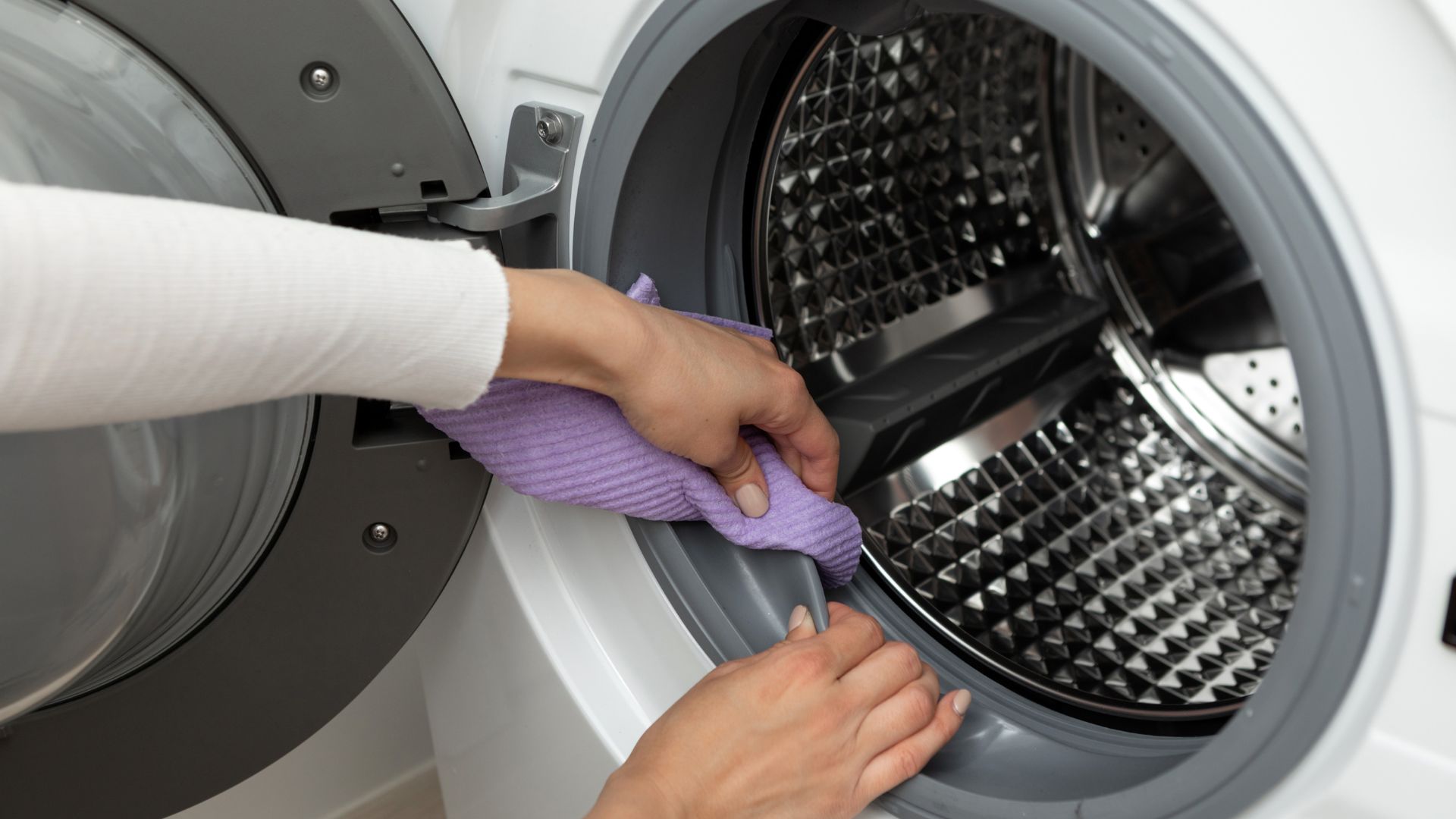
No home is complete without a washing machine. Not only do they keep clothes smelling fresh, they're an important part of keeping up with your personal hygiene. But it’s important to know that while washing machines are great at washing, they also need cleaning themselves. The rubber seal within the washing machine door, for example, is a prime spot for mold growth. The seal is watertight to prevent water from escaping, but unfortunately it’s also a huge trap for moisture, which can quickly turn into something unappealing — mold.
Even the best washing machines can become moldy if not cared for correctly. This mold can release spores onto your clothes and a musty smell along with it. Luckily, we’ve asked cleaning experts for their top tips on how to remove the mold, how to clean the washing machine seal, and how to prevent it from coming back for good. After all, the internet is rife with mold removal mistakes you don't want to make. Here’s what they had to say.
Why does the washing machine seal get moldy?

A washing machine seal is made of rubber and acts as a watertight seal between your washing machine’s drum and the door. While it does a great job at keeping the water inside, it stays moist and can easily grow mold as it’s a fiddly area to keep clean and dry.
Nigel Bearman, cleaning expert at Daily Poppins reveals, “Washing machines are a hot, moist environment which is the perfect place for mold to grow. Soap and fabric softener buildup provides nutrients for mold, and lack of ventilation also creates a place for mold to thrive.”
Svetlana Georgieva, co-founder and service manager at Samyx Cleaning says there’s more to blame for mold growth, “Additionally, washing at lower temperatures and using liquid detergents can contribute to mold formation, as they don’t always fully eliminate bacteria.”
How to remove mold from your washing machine seal
So, we know why a washing machine gets moldy, but how can we tackle the mold? Before you start, you should always check the manufacturer’s instructions and never remove the seal from its place in the washing machine.
You can lift it up slightly to check there’s no dirt or missing socks hiding underneath, but leave it in place and ensure you don’t leave any gaps. Here are four ways you can remove the mold, as recommended by experts:
Sign up to get the BEST of Tom's Guide direct to your inbox.
Get instant access to breaking news, the hottest reviews, great deals and helpful tips.
1. Start with a vinegar soak

Georgieva suggests, “Wipe down the seal with a cloth soaked in white vinegar to break down mold and mildew. Leave it on for about 10-15 minutes.”
2. Scrub with baking soda paste
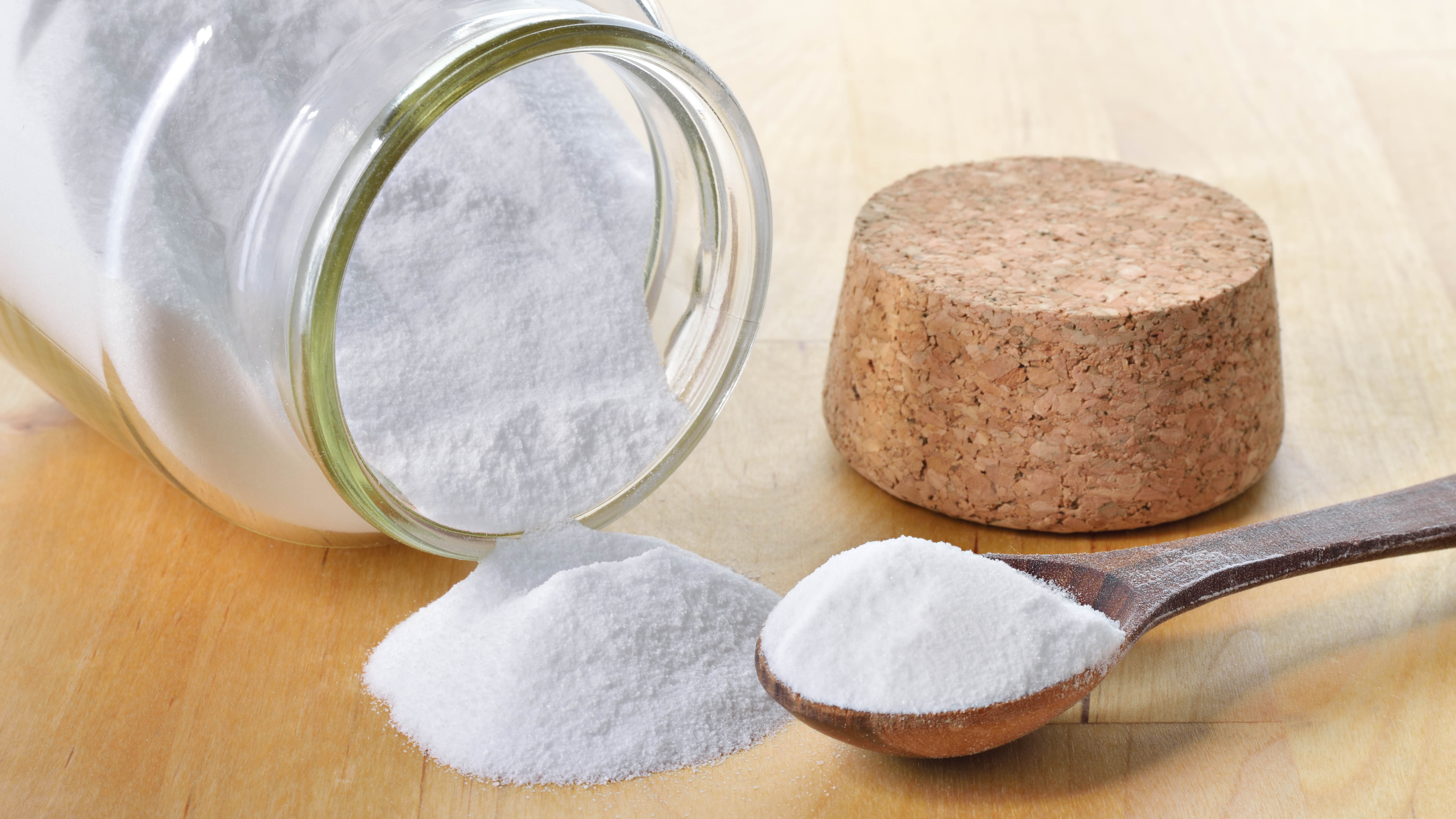
She adds, “Mix baking soda with a little water to form a paste, and use a soft brush or toothbrush to scrub the moldy areas. This helps to lift stubborn mold spots.”
Stardrops The Miracle Scrubber Kit: $23 @ Amazon
From the brand behind The Pink Stuff, this brush will reach into every corner of your bathroom to remove grime and buildup.
3. Use a mold and mildew remover
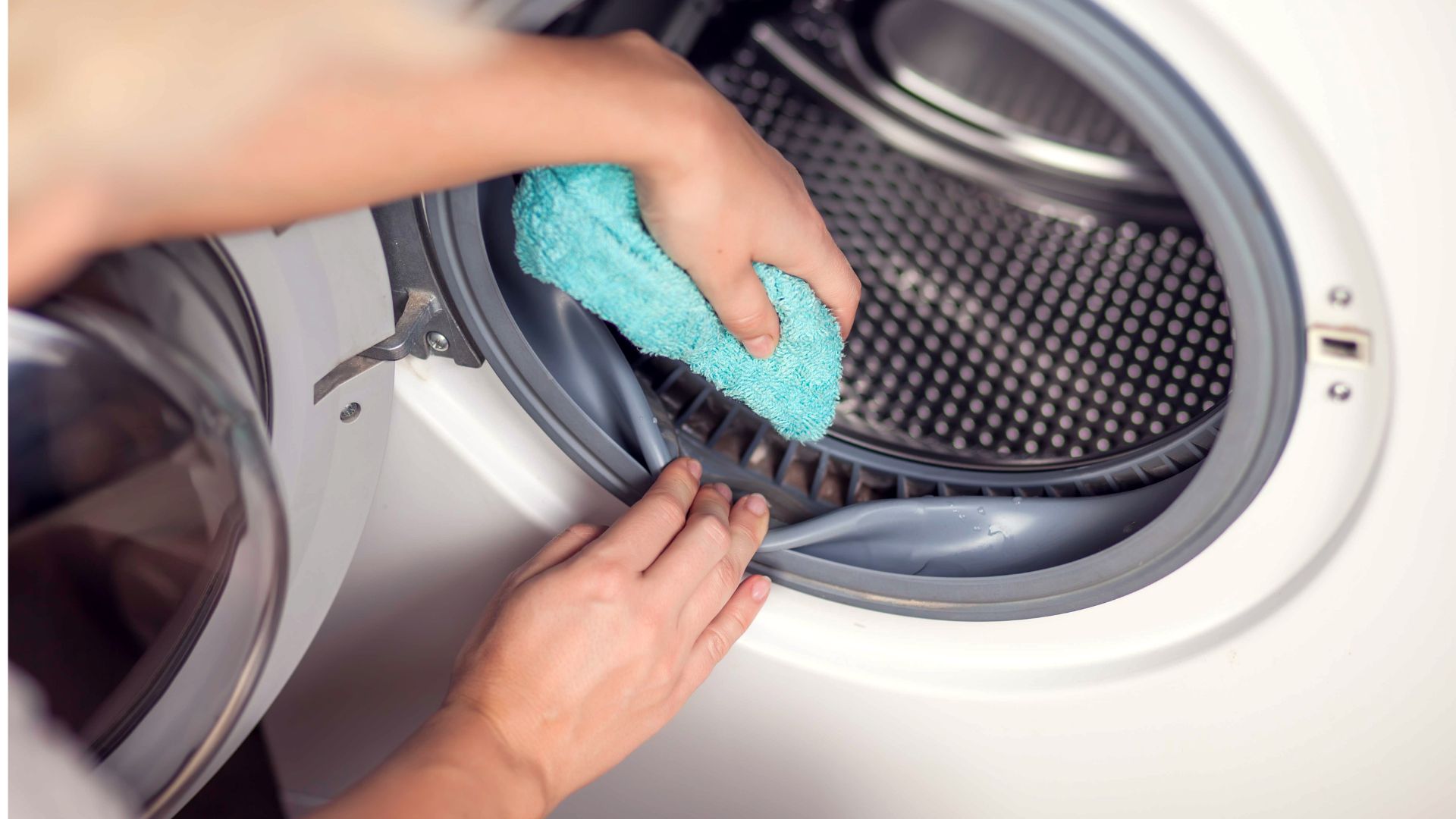
If these solutions aren’t penetrating the moldy area, a specific mold and mildew remover can be applied directly to the mold and left to soak before gently cleaning it off.
4. Run a hot wash cycle

Experts at Hisense UK recommend, “After cleaning, run an empty hot wash (at 60˚C) with a cup of vinegar or a specialized washing machine cleaner to remove any lingering mold or odors.” After the hot wash, the washing machine door should be left ajar to dry.
Can I use natural ingredients?
Yes, natural ingredients are a great alternative to stronger, harsher cleaners that include chemicals as they are less abrasive and better for the environment. Alongside the recommendations above Bearman suggests a quick natural solution by adding equal parts white vinegar and water in a spray bottle.
He says, “Spray the cleaning solution liberally onto the mold and use an old toothbrush or soft bristled brush to scrub the mold, paying attention to folds and crevices.” Adding, “Use a microfiber cloth to wipe away the mold and cleaning solution. Leave the washing machine door open to allow the seal to dry completely.”
If you only need to perform a light clean, using a clean cloth in hot soapy water will also do the job. Again, using a toothbrush is an excellent tool for getting into the hard-to-reach areas.
HOMEXCEL Microfiber Cleaning Cloth: was $12 now $7.99 @ Amazon
This 51% discount on microfiber cleaning cloths is a fantastic saving for a pack of 12. These cloths will clean just about everything in your dorm, and this multi-colored set will allow you to color-code depending on the task.
How to keep mold at bay

You’ve followed all the advice above, but you’re worried the mold will return. Here’s some expert tips on making sure that doesn’t happen.
Bearman recommends these cleaning habits, “To prevent mold from returning, regularly clean the seal with a damp cloth and leave the door open after each wash to allow moisture to evaporate. Run a hot wash cycle with a washing machine cleaner to prevent moisture buildup.”
Other ways you prevent mold from returning include the following:
- Check the filter and drawer for dirt, debris, or mold, and clean with warm water
- Do not overload the washing machine
- Remove wet laundry once the cycle is complete to prevent the damp from becoming trapped within the machine
- Ensure the washing machine seal is functioning properly and there's no damage
- Finally, experts at Hisense UK suggest people, "opt for high-efficiency detergents that leave fewer residues, reducing the likelihood of mold growth."
More from Tom's Guide
Grace is a freelance journalist working across homes, lifestyle, gaming and entertainment. You'll find her writing for Tom's Guide, TechRadar, Space.com, and other sites. If she's not rearranging her furniture, decluttering her home, or relaxing in front of the latest streaming series, she'll be typing fervently about any of her much-loved hobbies and interests. To aid her writing, she loves to head down internet rabbit holes for an unprecedented amount of time.
